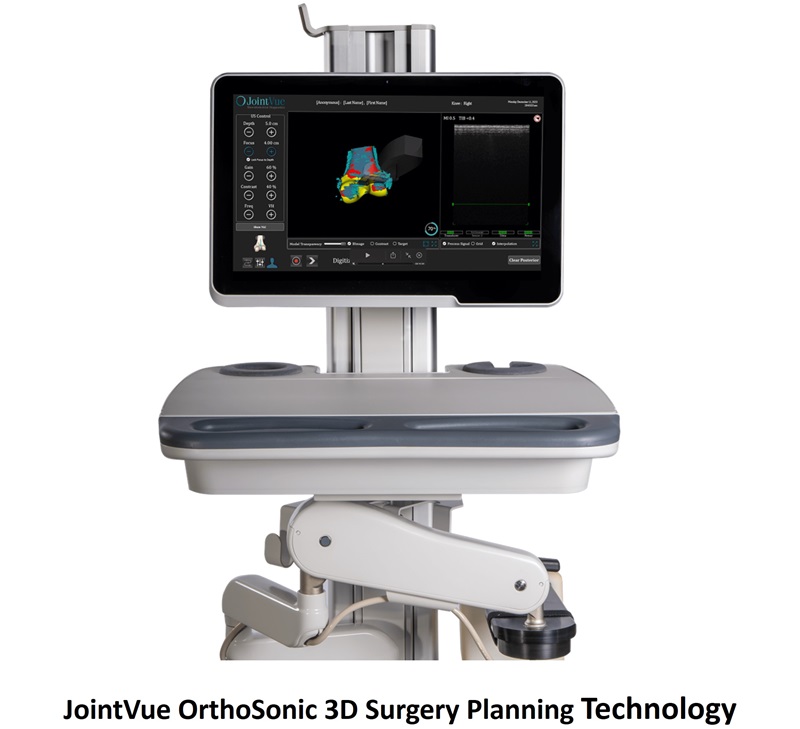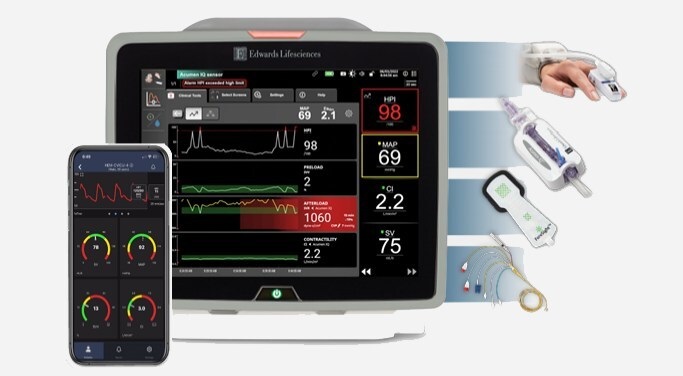Brain Access Systems Displace and Remove Subcortical Tissue
|
By HospiMedica International staff writers Posted on 22 Oct 2018 |
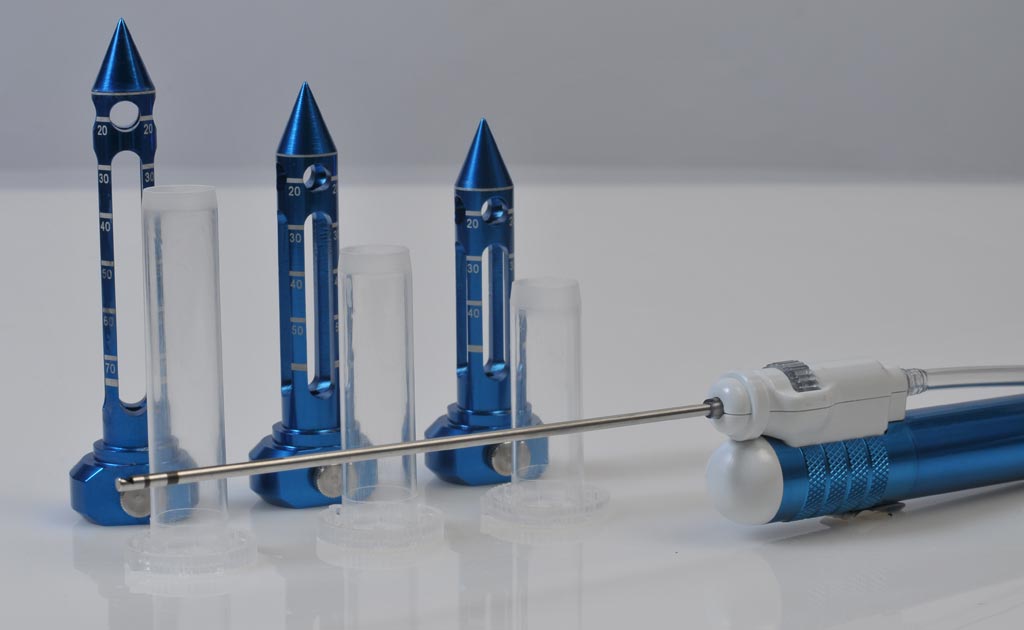
Image: The NICO BrainPath obturators and Myriad aspiration system (Photo courtesy of NICO).
Two minimally invasive surgical devices facilitate the treatment of subcortical and skull base lesions, intraventricular tumors and cysts, and hemorrhagic stroke.
The NICO (Indianapolis, IN, USA) devices are designed to support minimally invasive parafascicular surgery (MIPS), and include BrainPath access sheathes for minimally disruptive access and the Myriad device for the automated tumor removal, collection, and biological preservation of brain tissue. BrainPath consists of a reusable, sterilizable obturator and a disposable sheath matched by friction fit. The sheath provides surgical access to the subcortical space using an approach parallel to brain fiber tracts, thus reducing the potential for tissue damage that may cause deficits after surgery.
After the creation of an appropriate craniotomy and the subsequent dural incision, the BrainPath sheath assembly is inserted into the brain tissue and advanced to the desired location, with depth bands placed on the obturator and sheath used as a visual reference during placement. Once the desired location has been reached, the sheath is advanced into position and the obturator removed. The sheath remains in the brain to serve as a protective portal that maintains access to the surgical site during tissue removal or fluid evacuation.
The Myriad system, an automated, multi-functional aspiration tool used for precise resection, suction, clot evacuation, and tumor removal can then be deployed to remove the diseased tissue. The Myriad system consists of a system console, handpieces, and ancillary products. All the handpieces have a side mouth cutting and aspiration aperture located just 0.6 mm from the blunt end, which allows for tissue removal without injury to adjacent structures. The NICO Myriad handpieces are available in 11, 13, 15, 17 and 19 gauges, and a variety of lengths.
“The goal of NICO has always been to create technology that could create less deficits and faster recoveries in brain surgery,” said Jim Pearson, president and CEO of NICO Corporation. “The clinical evidence shows this is possible, and we believe that is directly related to finding less disruptive ways to access the brain that were not possible before. And we believe it will revolutionize the intracranial neurosurgical market.”
“Brain metastases are the most common central nervous system neoplasms. In these selected patients, all lesions were subcortical and buried beneath important white matter tracts,” said Professor Jefferson Chen, MD, PhD, director of neurotrauma at the University of California Irvine (UCI, USA). “The fact that we were able to safely reach all locations speaks to the utility of the BrainPath and Myriad technologies. Careful attention to the application of BrainPath allows one to reach subcortical tumors and remove them using the Myriad in a minimally disruptive manner.”
Related Links:
NICO
The NICO (Indianapolis, IN, USA) devices are designed to support minimally invasive parafascicular surgery (MIPS), and include BrainPath access sheathes for minimally disruptive access and the Myriad device for the automated tumor removal, collection, and biological preservation of brain tissue. BrainPath consists of a reusable, sterilizable obturator and a disposable sheath matched by friction fit. The sheath provides surgical access to the subcortical space using an approach parallel to brain fiber tracts, thus reducing the potential for tissue damage that may cause deficits after surgery.
After the creation of an appropriate craniotomy and the subsequent dural incision, the BrainPath sheath assembly is inserted into the brain tissue and advanced to the desired location, with depth bands placed on the obturator and sheath used as a visual reference during placement. Once the desired location has been reached, the sheath is advanced into position and the obturator removed. The sheath remains in the brain to serve as a protective portal that maintains access to the surgical site during tissue removal or fluid evacuation.
The Myriad system, an automated, multi-functional aspiration tool used for precise resection, suction, clot evacuation, and tumor removal can then be deployed to remove the diseased tissue. The Myriad system consists of a system console, handpieces, and ancillary products. All the handpieces have a side mouth cutting and aspiration aperture located just 0.6 mm from the blunt end, which allows for tissue removal without injury to adjacent structures. The NICO Myriad handpieces are available in 11, 13, 15, 17 and 19 gauges, and a variety of lengths.
“The goal of NICO has always been to create technology that could create less deficits and faster recoveries in brain surgery,” said Jim Pearson, president and CEO of NICO Corporation. “The clinical evidence shows this is possible, and we believe that is directly related to finding less disruptive ways to access the brain that were not possible before. And we believe it will revolutionize the intracranial neurosurgical market.”
“Brain metastases are the most common central nervous system neoplasms. In these selected patients, all lesions were subcortical and buried beneath important white matter tracts,” said Professor Jefferson Chen, MD, PhD, director of neurotrauma at the University of California Irvine (UCI, USA). “The fact that we were able to safely reach all locations speaks to the utility of the BrainPath and Myriad technologies. Careful attention to the application of BrainPath allows one to reach subcortical tumors and remove them using the Myriad in a minimally disruptive manner.”
Related Links:
NICO
Latest Surgical Techniques News
- Microgrippers For Miniature Biopsies to Create New Cancer Diagnostic Screening Paradigm
- Miniature Soft Lithium-Ion Battery Could Be Used as Defibrillator During Surgery
- TAVI Procedure Supported by Radial Artery Access Reduces Bleeding Complications
- Portable Surgical Robot Seamlessly Integrates into Any OR for Performing Cholecystectomy Procedures
- New Thoracic Surgery Risk Calculators Support Preoperative Decision-Making
- Surgical Platform with Miniature Humanoid-Shaped Robotic Arms Provides Human Level Dexterity
- Precision Surgical Technique Enables Lymph Node Detection and Removal in Endometrial Cancer
- Glowing Approach Helps Surgeons Assess Neural Blood Flow in Chronic Nerve Compression Neuropathy
- Predictive Model Identifies Best Patients for Minimally Invasive Epilepsy Surgery
- Light-Driven Micro-Robot Designed to Swim Autonomously in Viscous Liquids Could Be Used for Unblocking Blood Vessels
- Novel Approach Combines Advanced Robotics and Low-Field MRI Technology for Incisionless Prostate Surgery
- Fast OCT System Integrated into Neurosurgical Microscope Identifies Tumor Margins During Brain Surgery
- Miniature Robots Transport Instruments for Endoscopic Microsurgery Through Body
- Robotic Visualization System for Neurosurgery Offers Greater Clarity for Complex Procedures
- Endometrial Ablation for Abnormal Uterine Bleeding Associated with High Risk of Hysterectomy
- Breakthrough Robot Technology Could Allow Entire Surgery to Be Performed Without Human Intervention
Channels
Critical Care
view channel_1.jpg)
Cutting-Edge Bioelectronic Device Offers Drug-Free Approach to Managing Bacterial Infections
Antibiotic-resistant infections pose an increasing threat to patient safety and healthcare systems worldwide. Recent estimates indicate that drug-resistant infections may rise by 70% by 2050, highlighting... Read more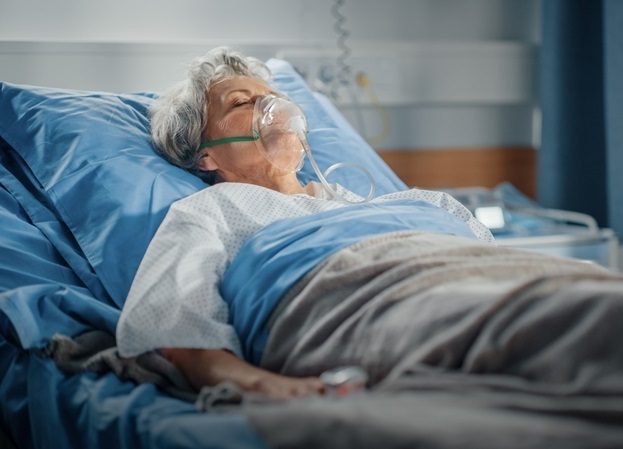
Sophisticated Machine-Learning Approach Uses Patient EHRs to Predict Pneumonia Outcomes
Pneumonia, an infection that results in difficulty breathing due to fluid accumulation in the lungs, is one of the leading causes of death worldwide. This condition is particularly challenging to treat... Read more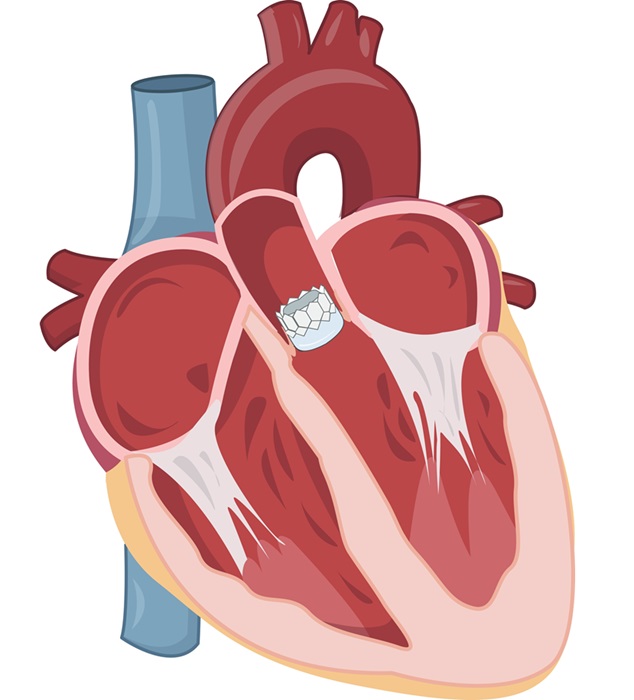
Early TAVR Benefits Patients with Asymptomatic Severe Aortic Stenosis
For patients with asymptomatic severe aortic stenosis (AS) and preserved left-ventricular ejection fraction, current guidelines recommend clinical surveillance every six to twelve months.... Read more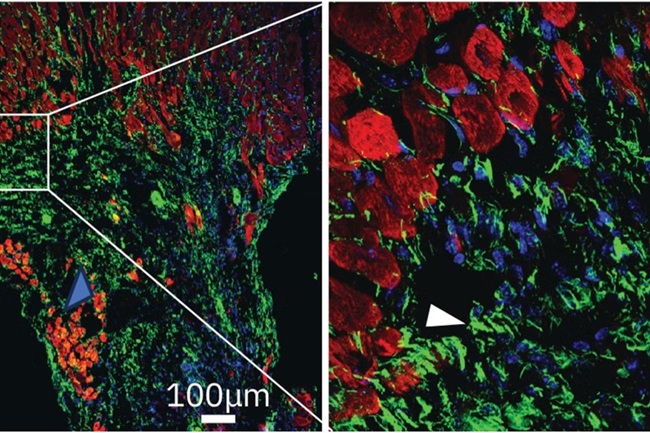
First-Of-Its-Kind Experimental Therapy Enhances Tissue Repair After Heart Attack
Cardiovascular disease remains the leading cause of death worldwide, accounting for one-third of all annual fatalities. Following a heart attack, the heart's natural regenerative ability is limited, resulting... Read morePatient Care
view channel
Portable Biosensor Platform to Reduce Hospital-Acquired Infections
Approximately 4 million patients in the European Union acquire healthcare-associated infections (HAIs) or nosocomial infections each year, with around 37,000 deaths directly resulting from these infections,... Read moreFirst-Of-Its-Kind Portable Germicidal Light Technology Disinfects High-Touch Clinical Surfaces in Seconds
Reducing healthcare-acquired infections (HAIs) remains a pressing issue within global healthcare systems. In the United States alone, 1.7 million patients contract HAIs annually, leading to approximately... Read more
Surgical Capacity Optimization Solution Helps Hospitals Boost OR Utilization
An innovative solution has the capability to transform surgical capacity utilization by targeting the root cause of surgical block time inefficiencies. Fujitsu Limited’s (Tokyo, Japan) Surgical Capacity... Read more
Game-Changing Innovation in Surgical Instrument Sterilization Significantly Improves OR Throughput
A groundbreaking innovation enables hospitals to significantly improve instrument processing time and throughput in operating rooms (ORs) and sterile processing departments. Turbett Surgical, Inc.... Read moreHealth IT
view channel
Machine Learning Model Improves Mortality Risk Prediction for Cardiac Surgery Patients
Machine learning algorithms have been deployed to create predictive models in various medical fields, with some demonstrating improved outcomes compared to their standard-of-care counterparts.... Read more
Strategic Collaboration to Develop and Integrate Generative AI into Healthcare
Top industry experts have underscored the immediate requirement for healthcare systems and hospitals to respond to severe cost and margin pressures. Close to half of U.S. hospitals ended 2022 in the red... Read more
AI-Enabled Operating Rooms Solution Helps Hospitals Maximize Utilization and Unlock Capacity
For healthcare organizations, optimizing operating room (OR) utilization during prime time hours is a complex challenge. Surgeons and clinics face difficulties in finding available slots for booking cases,... Read more
AI Predicts Pancreatic Cancer Three Years before Diagnosis from Patients’ Medical Records
Screening for common cancers like breast, cervix, and prostate cancer relies on relatively simple and highly effective techniques, such as mammograms, Pap smears, and blood tests. These methods have revolutionized... Read morePoint of Care
view channel
Handheld, Sound-Based Diagnostic System Delivers Bedside Blood Test Results in An Hour
Patients who go to a doctor for a blood test often have to contend with a needle and syringe, followed by a long wait—sometimes hours or even days—for lab results. Scientists have been working hard to... Read more
Smartphone-Enabled, Paper-Based Quantitative Diagnostic Platform Transforms POC Testing
Point-of-care diagnostics are crucial for public health, offering rapid, on-site testing that enables prompt diagnosis and treatment. This is especially valuable in remote or underserved regions where... Read moreBusiness
view channel
Hologic Acquires Gynesonics to Strengthen Existing Gynecological Surgical Business
Hologic (Marlborough, MA, USA) has signed a definitive agreement to acquire Gynesonics (Redwood City, CA, USA) for approximately USD 350 million, subject to working capital and other customary closing adjustments.... Read more